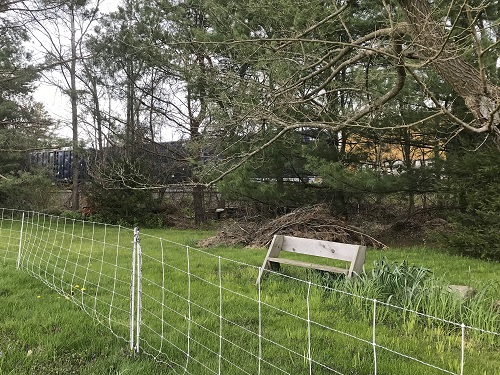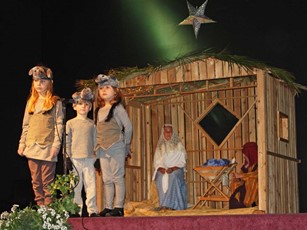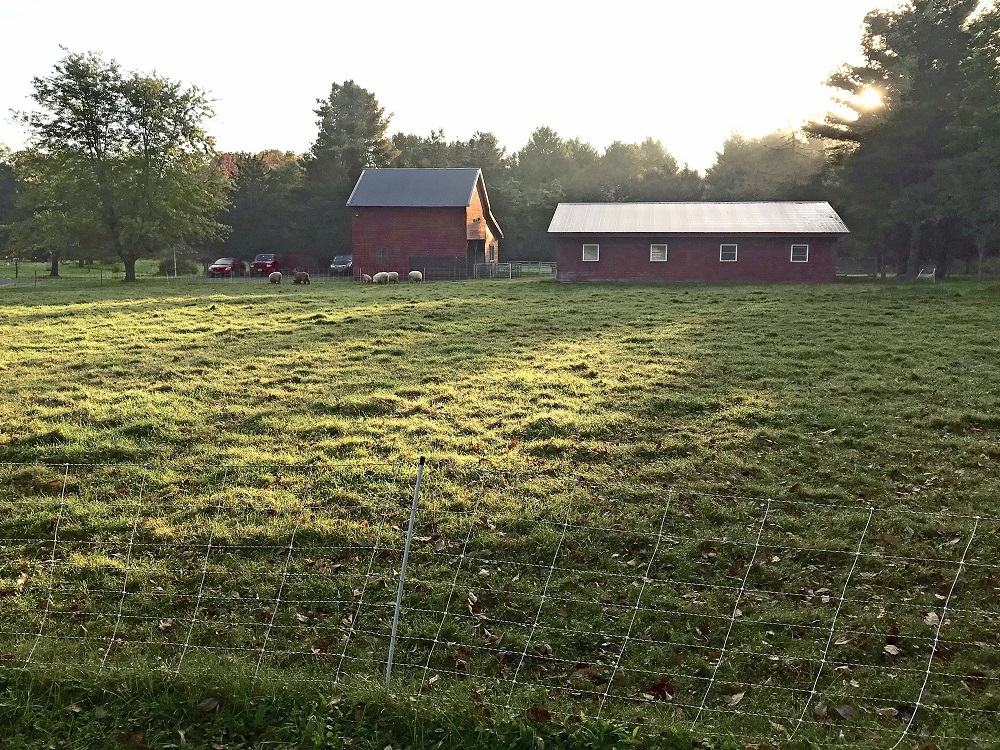One of my favorite chores at New Fadum Farm is keeping open several kilometers of paths and trails for cross country skiing in the winter and walking in other seasons. This spring, as I walk behind my mower my mind turns to the political debate heating up around COVID-19. The economy is the topic. “To Re-open or not to Reopen, that is the question”.
Thinking about Ali’s model helps me to see how important this debate is. His first PowerPoint slide deck portrays the destructive power of the pandemic once a self-reinforcing cycle of contagion and infection sets in. Once fully engaged, this process is very difficult and expensive to turn around. (You can review Ali’s PowerPoint presentations by clicking on the links at the bottom of this story). His second PowerPoint lays out why a second wave is very likely once we relax social distancing and increase contacts—that is, reopen the economy. As I write this, Iran is experiencing such a second wave caused by the same virus and human biology that we have here in Upstate New York.
Ali’s third PowerPoint is the most complex. It portrays a third pathway that avoids the stark “either-or” nature of the current debate. Ali’s idea, based on sound epidemiological principles, is to use test-based protocols and policies to nip the pandemic in its bud. Deborah, who has been listening to me try to explain complexity for over forty years, cut to the chase. “David”, she said, “Why don’t you just tell the story about the track fire that nearly burned down our barn?” The woman is brilliant. Here is the story.
Several fields on New Fadum Farm abut the CSX rail freight line. Back in the 1980s before better pollution controls were installed on diesel engines, small track fires along our back field were quite common. Everyone knew why they occurred and what to do about it. Our place is just several miles from the main Selkirk yard where diesel locomotives can idle for many hours or even days or weeks between long hauls. During this time, carbon deposits build up in parts of the exhaust. When that engine started a long hard pull, these carbon bits would start to glow and then get blown out the exhaust. If these cinders came down in a dry field or forest, they would start to smolder. Usually, this small smoldering cinder would just self-extinguish. But if smoldering continued, a railroad employee or one of the neighbors would call in a track fire to our local volunteer fire company. The railroad maintained a gravel access road along the track. One of the local fire companies would dispatch a specially equipped truck with a small crew to put out the fire. The truck was equipped with simple rakes and shovels to beat out small fires, but more importantly carried many pressurized metal water tanks that a person could carry on her or his back. Water sprayed from these tanks quickly extinguished small fires. In very rare circumstances, one of the small fires might catch hold in a dry field or summer-parched forest. If that happened, the fire crew captain on site would place a second alarm to summon another company with additional equipment and personnel. One dry fall day a few years ago our eldest daughter spotted a track fire that was starting to spread rapidly, threatening nearby farm structures. The first crew responded promptly and decided to call the backup crew for help. It took two full companies to control the blaze, but in the end our barn and house were OK.
This story is an allegory about the Corona pandemic and points to policies that can prevent a second wave by nipping it in the bud before it can take hold and really do large amounts of damage. Of course, the track fires are the infectious Corona virus that has the power to grow quickly and exponentially. Just like the track fires, the pandemic keeps on breaking out in small pockets ready to explode more broadly. The specially equipped fire trucks are the public health programs, supplemented by private protocols and tests that find and track back every small cell of contagion, preventing them from turning into a major conflagration.
Our governor’s reopening plan calls for 30 public health workers for every 100,000 persons in each county to be hired and trained in each county to “track back” contacts by each and every person who tests positive for COVID19 (click the link to a short video below to see how this works). This mandatory bolstering of our state and local governments’ public health capacities is causing open political dispute in Upstate New York.
These public health workers with their trace back and quarantine protocols are like the special equipment, crews, and training possessed by our volunteer fire companies. These are the critical capabilities necessary to detect and stamp out a self-reinforcing threat before it can really take hold to threaten the broader community. It looks to me as if COVID-19 will be with us for many months or even years, until a vaccine becomes available. Unless we take seriously the import of test-based local public health policies and protocols, unless we follow the lead of my local volunteer fire company and prepare to extinguish small outbursts before they get out of hand, these will be several very long and costly years.
This Story Has a Lesson
The debate “to reopen or not to reopen” has a third option: To reopen smarter. Test-based “test-trace-quarantine” policies require public investments in capacity, but they provide critical capabilities necessary to detect and stamp out a self-reinforcing threat before it can really take hold to threaten the broader community. We were not prepared with this third option before the first wave struck. Let’s get prepared before the second wave hits.
Supplemental
CDC Video on How Test and Tracing Works. For a bit more information on how test and trace protocols work, you can watch this short video prepared by the CDC.
Public Health Principles for a Phased Reopening During COVID-19: Guidance for Governors. The Johns Hopkins Center for Health Security provides reopening guidance for Governors.





